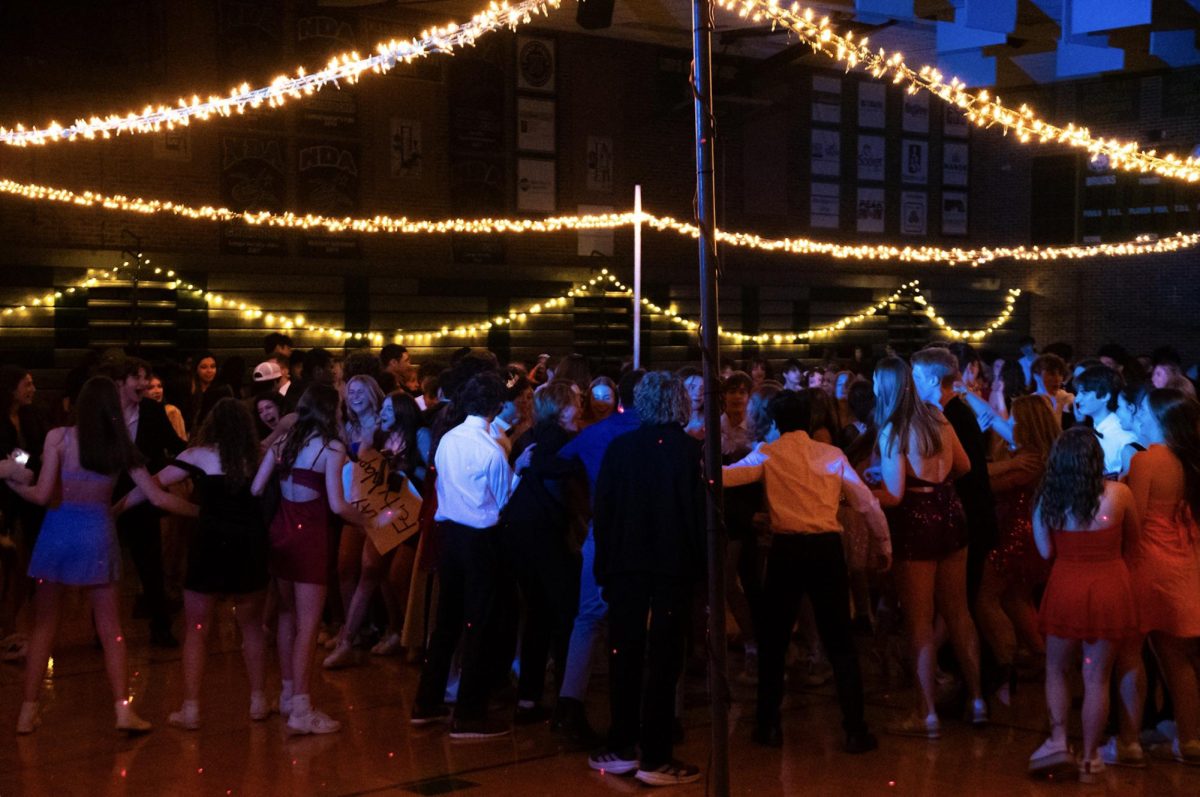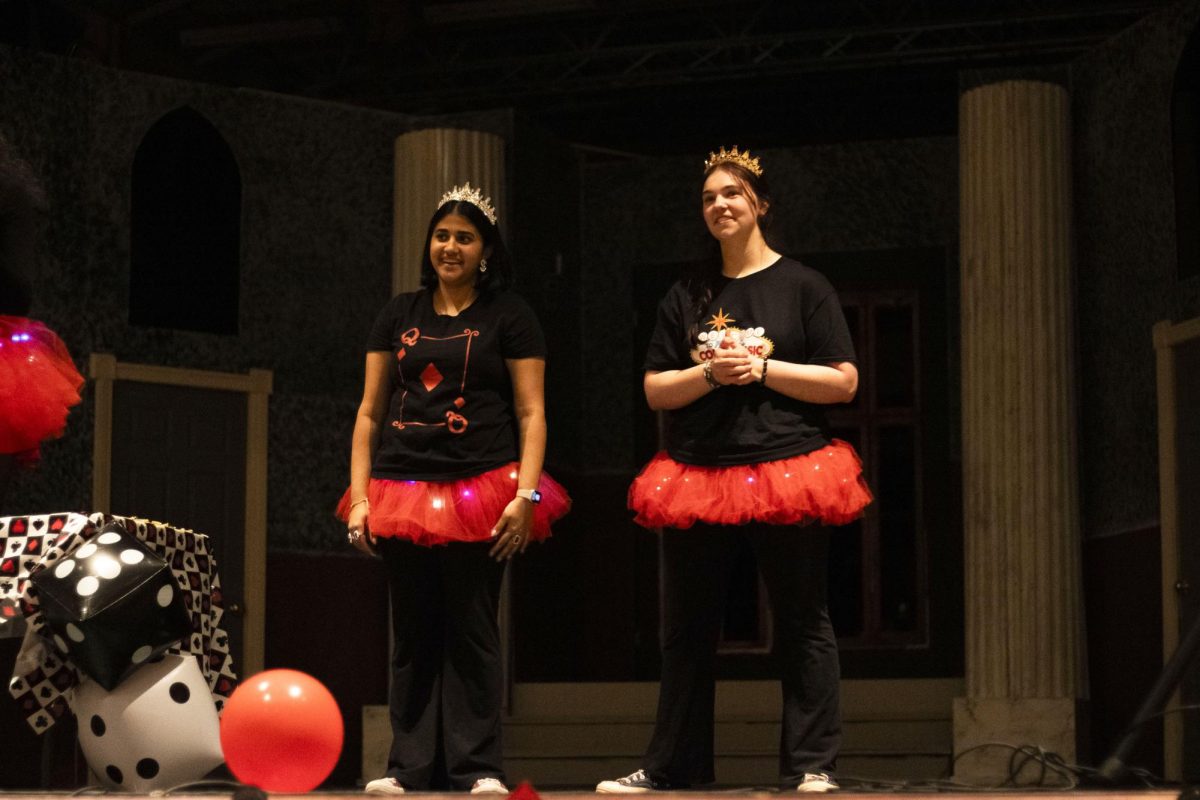
In the wake of gun-related violence at schools during the last few years, Columbia Public Schools is adopting a new approach to internal intruder threats. Instead of a regular lockdown protocol, the schools are switching to a modified lockdown policy called ALICE — Alert, Lockdown, Inform, Counter and Evacuate.
The new system advocates for faculty to make decisions about the best way to keep their students safe based on where they are in the building, and varies for elementary and secondary level students.
“If you go back several years, the idea has been to lock the doors, stay away from the windows. And the idea now is to lock the doors, if you can get out, get out. And run as far away from the building as you can,” Principal Mark Maus said. “We’re trying to empower … our teachers and our students to make the best decision for them.”
Under ALICE, if an armed intruder entered RBHS, the administration would announce over the intercom the location of the intruder and, using video cameras, update everyone of the intruder’s location, Maus said. He said this informs students and faculty and throws off the intruder by announcing his or her every move.
ALICE is “a step toward new technology used to prevent current problems and situations that we have today,” School Resource Officer Keisha Edwards said. “My [primary purpose] in this school is to protect the lives of the people inside the building. I have police training that whenever everybody is running out the building, I am running towards the threat. My job in this building is to stop the threat.”
In event of an armed intruder, the high school students in the immediately affected part of the building would block the doors and try to find a window or other exit in their room. If the intruder enters the room, students would throw anything in their vicinity at the threat to distract and escape, vice principal Dr. Tim Baker said.
“We’re not teaching kids to fight; we’re just giving everybody options. … ALICE just preaches about different ways you can counter, if someone does enter your classroom, and there is no barricade; throw things at the shooter, tackle them if necessary,” Baker said. “I don’t want people to get the impression, specifically parents, that ALICE really endorses fighting. That’s not at all what it endorses. It’s OK to make decisions for yourself based on where you are in comparison to the shooter. And if, God forbid, you are the one face to face with that shooter, don’t wait for someone to tell you what to do. ”
Kids far from the shooter would take orders from their teacher. Baker said students without a teacher would ideally flee the school until out of sight, preferably meeting up at the Columbia Area Career Center or State Farm. If students are not at the rally points, the school would call parents to find students.
The Columbine massacre in 1999 and the shooting at Virginia Polytechnic Institute and State University in 2006 provided the basis for the new protection policies. Training students and faculty represents the final transition to ALICE. Baker said faculty will have full training in a simulation with officers firing blanks, but for now, Baker showed RBHS staff a video of the Columbine shooting, followed by discussion and reflection.
Baker said the idea of students fighting back against an armed threat was the main obstacle in implementing ALICE. However, training for teachers did not suggest students, elementary or high-school-aged, should fight back against armed intruders, science teacher Stephanie Harman said.
“I never saw anything that I would feel like is teaching folks to fight. If anything, it was making better decisions so that you could get yourself out of that situation,” Harman said. “I just feel like it makes a lot more sense, and it’s more intuitive.”
Baker believes ALICE represents a common sense approach. He said ALICE advocated for students to make their own decisions, at least in the high school setting.
“If you think about it from the perspective of what you’d tell your own child to do, you wouldn’t tell them to sit there and wait,” Baker said. “You’d tell them to do whatever means were necessary to get out.”
By Atreyo GhoshLange Middle School created an ALICE training video for students in middle school. The link to the video is here. Greg Crane, who co-created the ALICE program, has a website for it here
.












































































